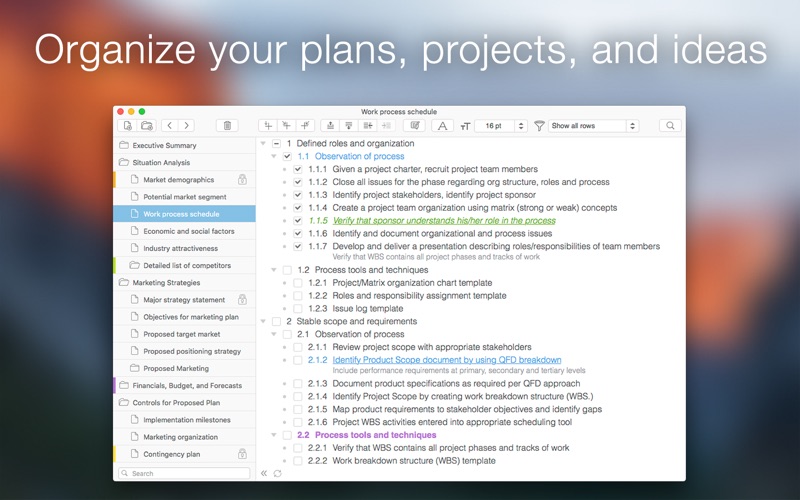

Inventory hardware and infrastructure (servers, databases, and storage).Inventory your applications and workloads.To properly prepare for a cloud migration, follow these steps in your cloud assessments: While this is not an issue for apps running on an on-premise infrastructure, this type of architecture can get quite costly and inefficient in the cloud requiring high capacity to function. They are often “chatty”, meaning during a typical function, they call many other services to gather information and fulfil requests.

Many legacy applications aren’t optimized for cloud environments. If your company doesn’t have the skills in-house, you can work with an IT firm that provides a Cloud-Readiness Assessment.Īn assessment will dive into not just what technology your business uses but how your organization uses it. Once you’ve outlined your objectives for moving to the cloud, the next step is to conduct a comprehensive business and technical analysis of your current environment, apps, and infrastructure. The specific expertise required will come down to what applications and cloud platforms your team will be working with.

Vendor Management (Cloud Contract & Service Levels Negotiation).Subject matter expert familiar with the business processes and use cases.Infrastructure and/or Application Specialist.We’ve written at length about the Skills Needed for a Cloud Migration, but at a very high-level businesses looking to migrate to the cloud will want to include these types of professionals or resources that encompass these skill sets: Get the Right People Involved: Form a Cloud Migration Team If your business is looking to solve an immediate problem, your team may be able to identify ‘quick wins’ by integrating a cloud solution into your existing environment in place of moving everything to the Cloud. The priority of your goals will inform your choices later in the cloud selection process as you decide on cloud platforms, apps, and what sort of resources you’ll require to move forward with your project.īuild the business case for moving to the cloud.Ĭloud migrations aligned to key business objectives and outcomes are more likely to succeed then siloed projects within the IT department. Outline what business objectives you want to achieve through the cloud.Īre you looking to reduce costs? Gain new features? Leverage real-time data and analytics? Improve scalability? Organizations should follow an analysis-based approach when migrating to the cloud.


 0 kommentar(er)
0 kommentar(er)
